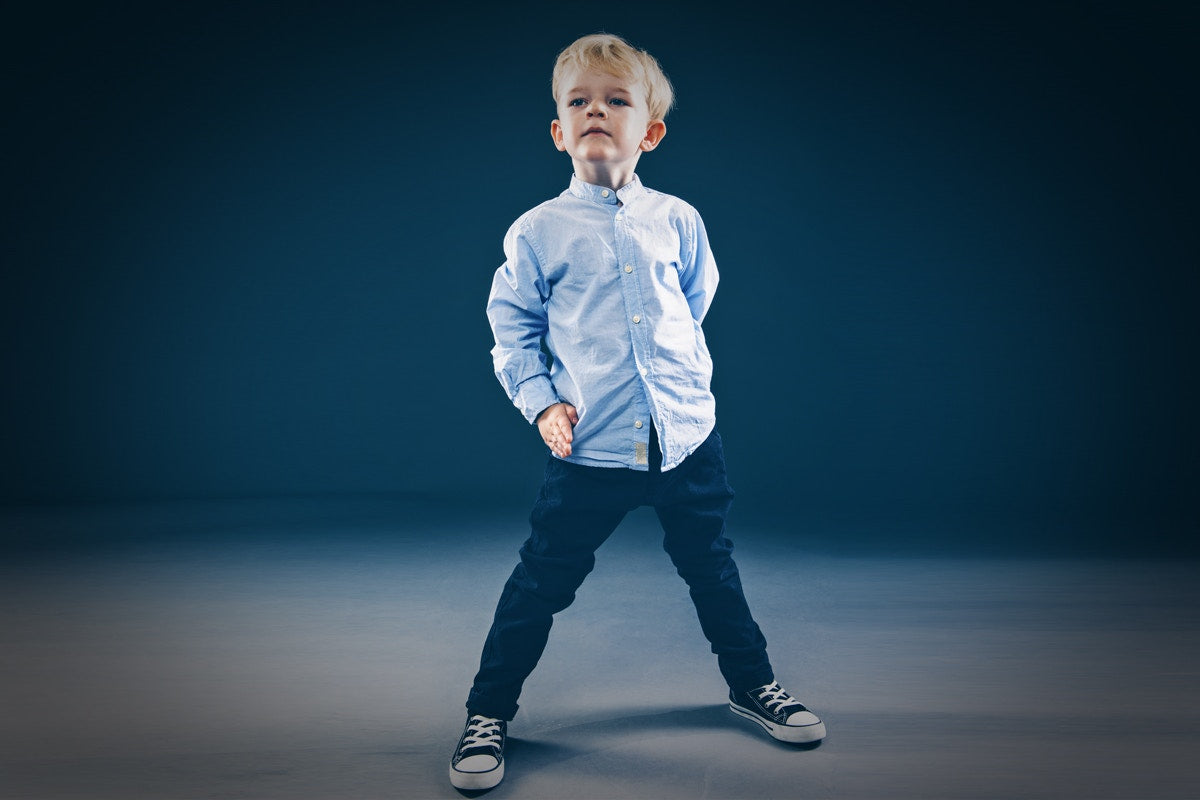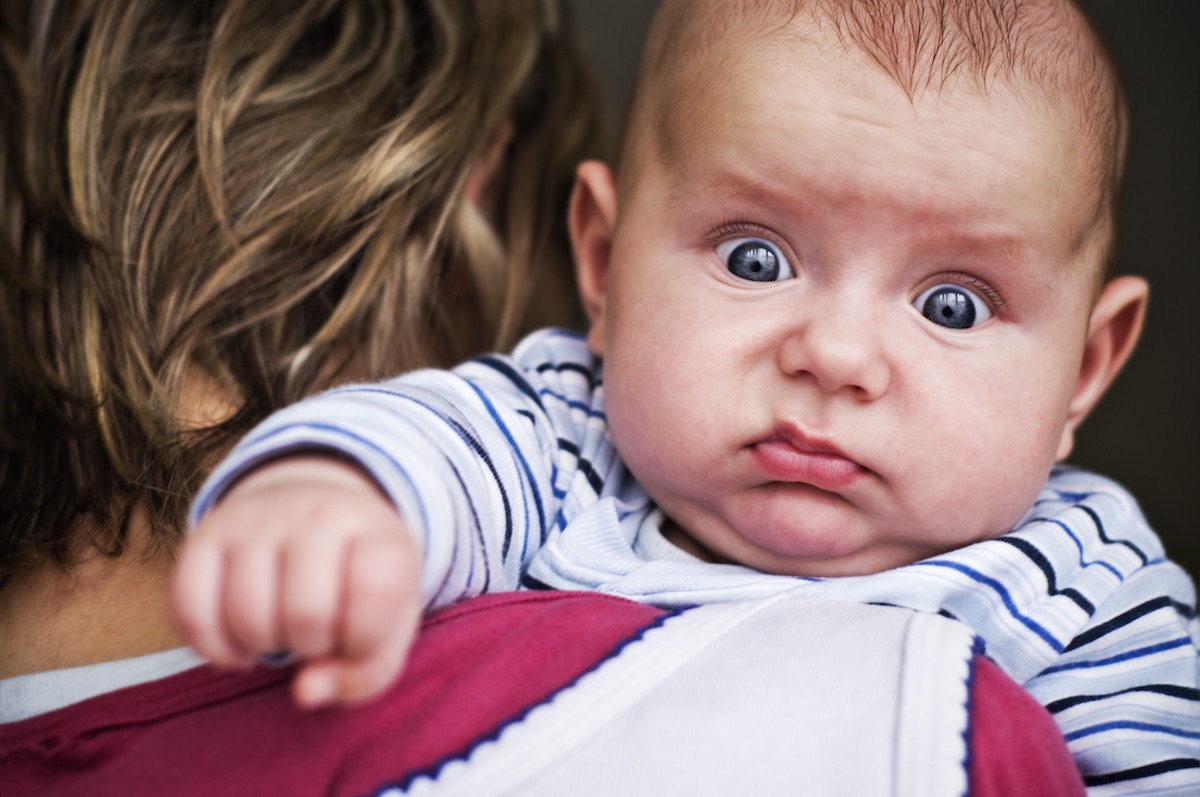Why do aggressive behaviors occur? Like all other behaviors, aggression is a means to an end. A child is engaging in verbal or physical aggression because it is benefiting them in some way. They may be fulfilling a need or desire, attempting to self-protect, or attempting to get contact and connection. There are a variety of internal and external experiences that may precede the actual behaviors.
Aggression as protection
Aggression plays the role of evolutionary protector. When the body perceives danger, it has three options: fight, flight, or freeze. The fight instinct results in aggression. An important piece to note here is the word perceives. In addition to the basic instincts of the human body, each person has their own set of cues and triggers to indicate danger based on past experiences. This means that someone can perceive they are in danger in a situation where danger is not obvious to others.
Some triggers may be noticeable and easy to conceptualize, while others may be more difficult – or even impossible. If a child experiences a car accident and then subsequently throws a tantrum each time he is forced to get into the car, it will likely be easy for adults to understand why the tantrum is happening.
Some triggers, however, are not so simple. You may never be able to deduce what conditioned them to exist. Some children, especially those who have experienced interpersonal trauma, perceive a threat in a specific tone of voice, or very subtle body language. Regardless of the specifics, what is important with this type of aggression is to understand that it comes from a place of life-threatening fear.
When this intensity of fear is present, the child will not be able to process the experience until it subsides to a more tolerable level. This is because the child’s thinking brain has taken a back seat to the more primitive and instinctual areas of the brain stem. There are a variety of ways to get the thinking brain back online, including (but definitely not limited to) providing relational support and physical containment, large motor activities like stretching, jumping, and using manipulative toys and tools.
Another form of trigger may be the child’s internal emotional experience. Anger relates closely to aggression. Like aggression, anger is a protector. I like to imagine anger as the bodyguard of the other emotions – stepping in to protect when fear or sadness feels too big, unmanageable, or when the expression of them is perceived to be unsafe.
As an adult who identifies as pretty emotionally savvy, I have definitely had this experience. For me, it usually occurs in the face of deep sadness. Internally, I have the experience of, “This is way too much, I cannot handle this right now!” and mad steps in. Cue me ripping apart my closet ranting about why on Earth I have so much stuff. Now think about this: if adults can get so overwhelmed by emotions, imagine how overwhelming big emotions are for children!
In both of these situations, it is important to remember that just because you don’t see a precursor/trigger/build up, doesn’t mean it didn’t happen. Inside your child's body, an invisible process is taking place. Because you can't see it, you are probably left wondering why the outburst occurred seemingly out of nowhere.
Aggression as connection or to fill a need
Aggression as a means of connection, or to fill a need/desire, is a more purposeful aggression. With that said, I want to refrain from identifying it as a manipulative behavior. When anything is labeled, “manipulation” it is much easier to brush it off, punish the child, or identify it as “bad.” In reality, these behaviors have wisdom in them. The child inherently knows what he or she needs, and has somehow learned that aggression is a surefire way to get there.
The next obvious question is, “What is my child trying to get/achieve when engaging in aggressive behaviors?” Unfortunately, I cannot give you that answer. Every situation is unique. Every child is unique and learns to engage with others in unique ways. To determine what your child is seeking, take a look at what happens during and after aggression occurs.
Do they get one-on-one attention from a caregiver? Do they get picked up by an adult and taken out of their current environment or away from their peers? What happens in other environments, like school, extracurricular activities, or with extended family members? Once you have determined the benefits of the behavior, you can find other ways for your child to meet that need and circumvent the aggression.
I will let you in on a little secret: more often than not, a child simply wants contact and connection. Scratch that, everybody is seeking contact and connection most of the time.
Maybe a child is utilizing aggression because that is modeled in the way his or her parents connect. I am not even necessarily talking about a violent home life. Some families are loud and abrasive, and that is simply the culture of the family unit. There is nothing wrong with connecting in this way, as long as no one is getting hurt.
Maybe a child has learned that acting in an aggressive way gets them attention, because when he/she moves in to kick someone, a teacher or caregiver runs over, provides eye contact, tells them why that behavior is not okay. Often, getting in trouble or facing a consequence is better than not getting any contact or connection at all. In a room full of children and few teachers, this may be the child’s best bet at receiving individualized attention.
When this experience of purposeful aggression comes up repeatedly, I find that parents become fixated on consequences. Then, they become increasingly frustrated when consequences aren’t effective. The reason this approach isn’t working is because, for the child, the consequence isn’t the point.
If this is a pattern, they probably already know a consequence is coming. Their need for connection simply outweighs the drawbacks of the consequence. Where before they felt a lack of connection, now they have you completely focused on them. Brilliant, isn’t it? The reality is that until the need is met in another way, the consequence isn’t going to have any power.
The takeaway
It is incredibly easy to label aggressive behaviors as bad, wrong, and not okay. It is just as easy to link these behaviors to your child or your parenting ability. In a world where violence is in the headlines almost every day, I fully understand the fear that your child’s aggressive behaviors may lead to more extreme aggression in the future. By clarifying the causes of aggression, I hope to provide you with a more compassionate lens.
If you take a single nugget away from this article, I hope it is this: aggression is your child’s innate wisdom at work. Aggression is not a disease or a problem; it is simply a symptom of an internal experience. The best results come not from covering up the symptoms but from providing support to the core and the root of the experience.



